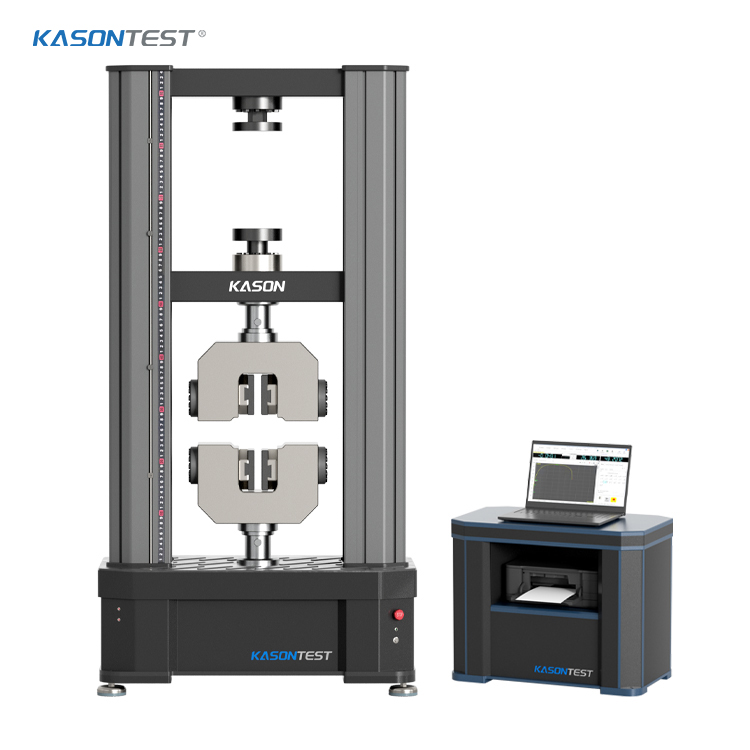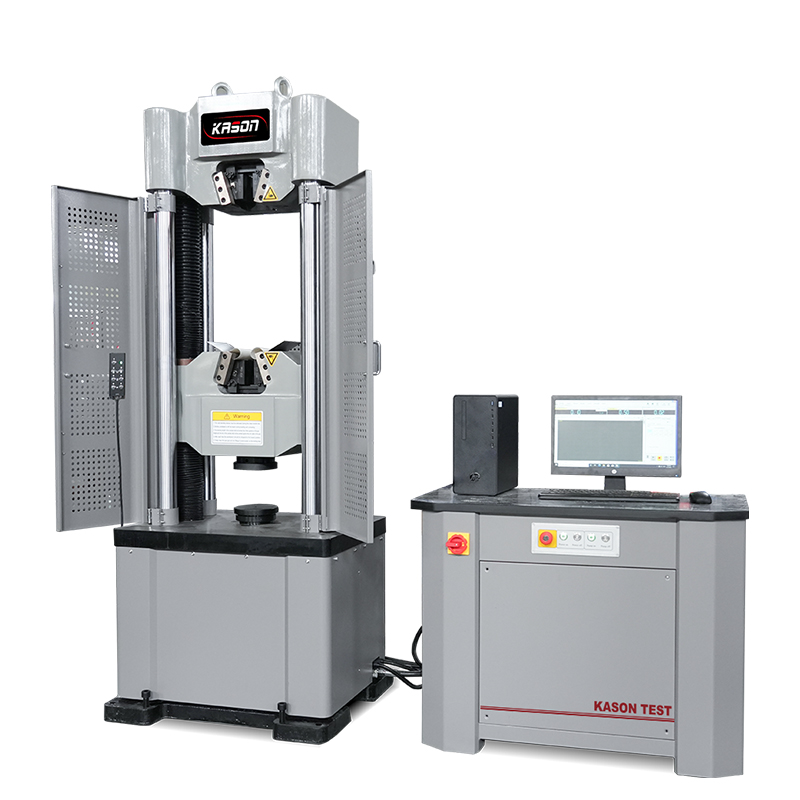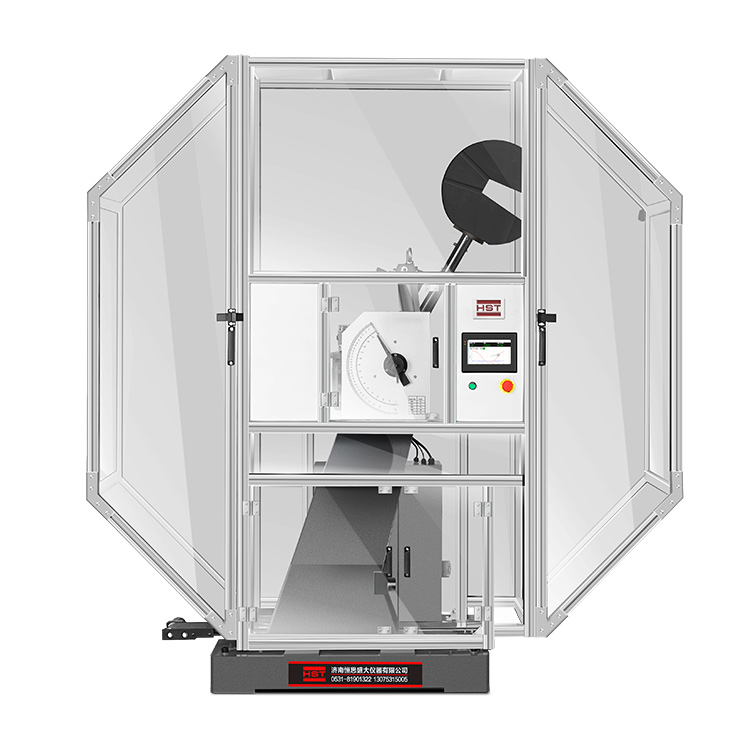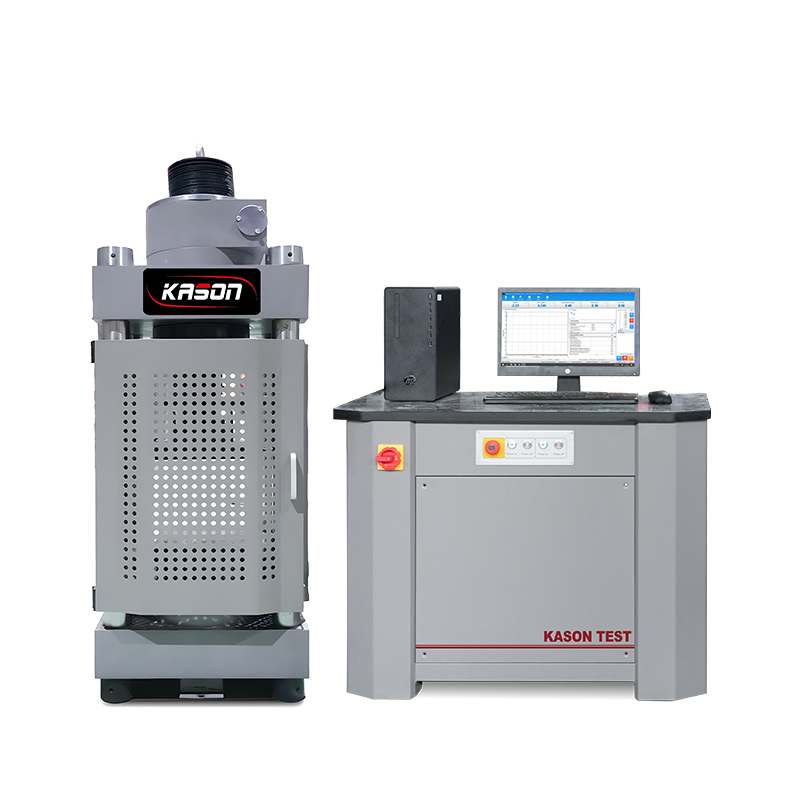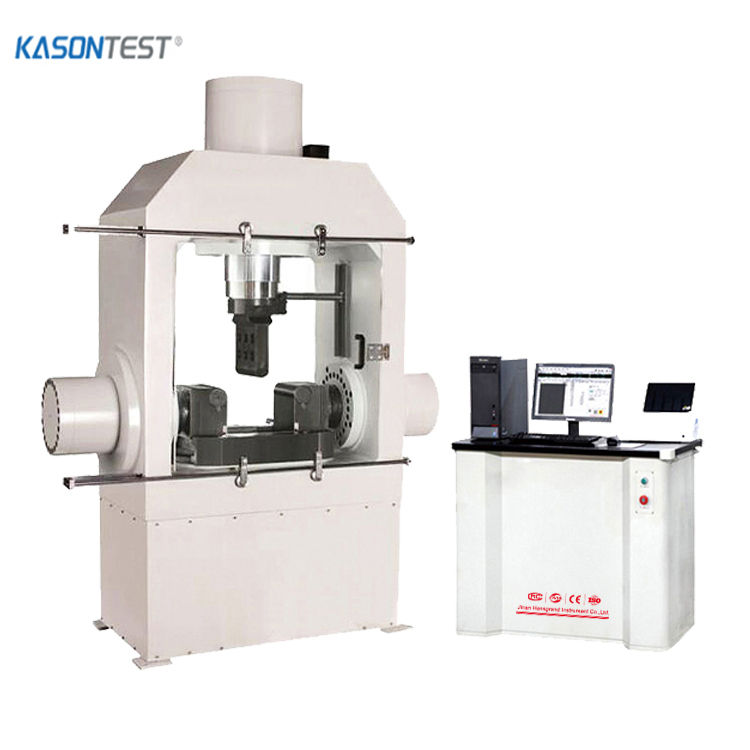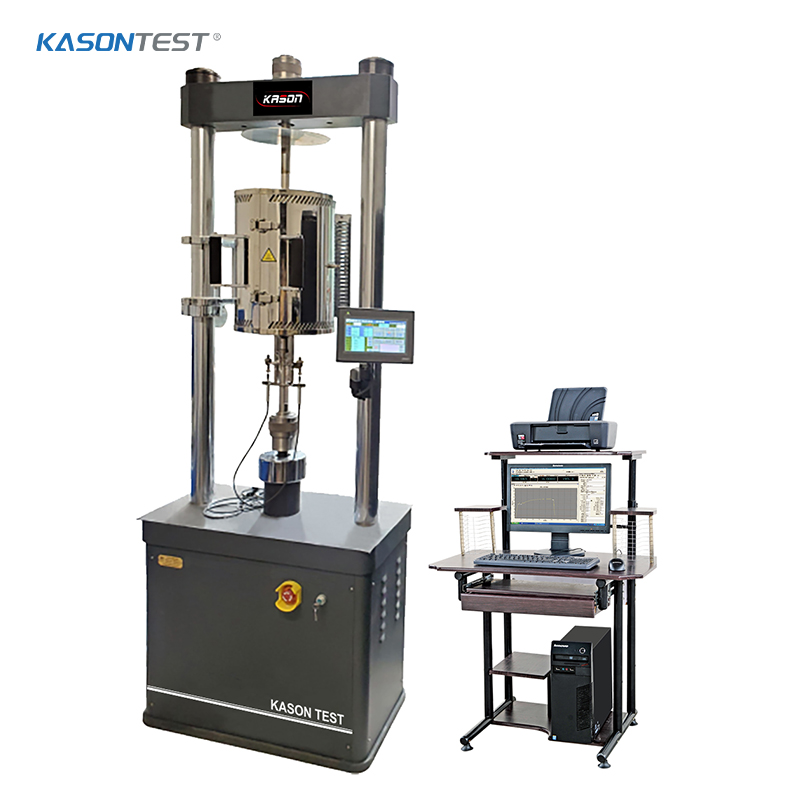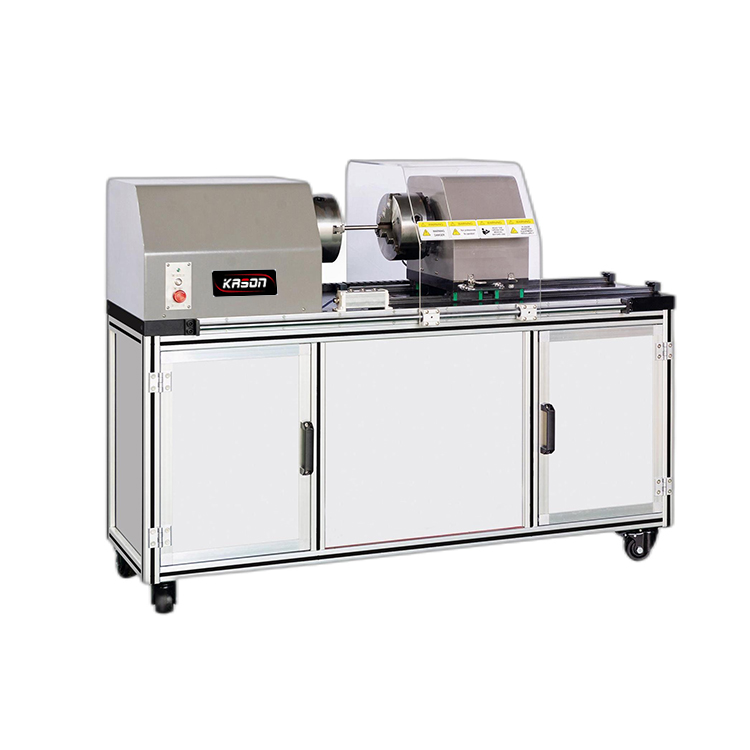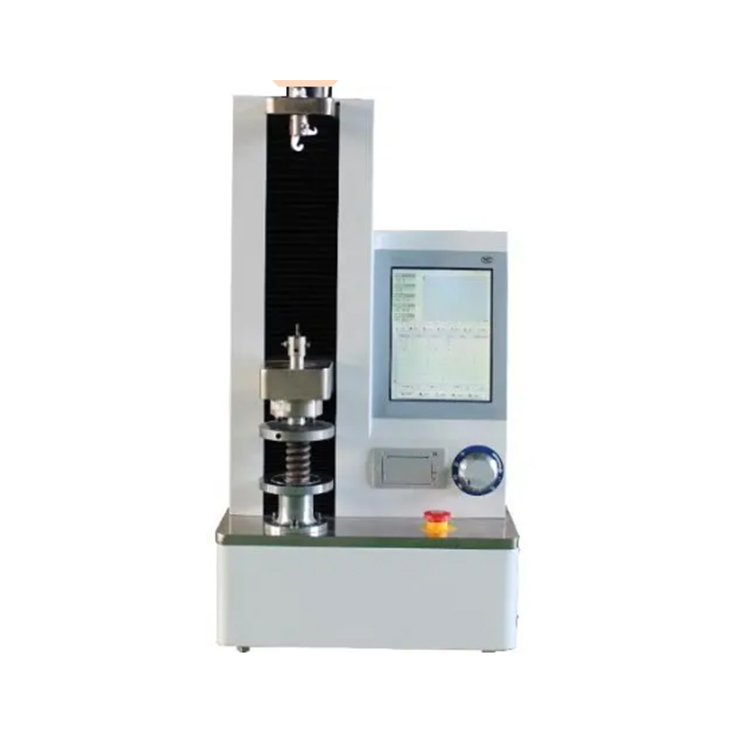A Guide to Static and Cyclic Fatigue Testing of Surgical Fixation Devices in accordance with ASTM F2193
ASTM F2193 outlines testing of individual metallic screws, plates and rods that are used in spinal implant constructs. Sub-assemblies of these components are tested in accordance with ASTM F1798 (Standard Test Method for Evaluating the Static and Fatigue Properties of Interconnection Mechanisms and Subassemblies Used in Spinal Arthrodesis Implants). The most common standard encountered is ASTM F1717 (Standard Test Methods for Spinal Implant Constructs in a Vertebrectomy Model). ASTM F1717 outlines the testing of the full spinal constructs made up of these components and sub-assemblies.
We recommend that you review the standard fully to understand all of its requirements.Test System
Both the static and fatigue tests can be carried out on a single dynamic test frame
Test Parameters
Both Spinal Plates and Rods are tested via the same four-point bending procedure to determine the stiffness, yield moment, ultimate moment and fatigue runout moment at 2,500,000 cycles. Firstly, in both cases, static testing at a displacement rate up to 10 mm/min is carried out for a minimum sample size of 5 specimens.
The fatigue test follows with at least 2 specimens being tested at each load level. Three load levels must be used to provide a minimum of 6 data points. The specimen must not fail after the 2,500,000 cycles for one of these load levels so that the fatigue runout moment can be identified. The load values can be determined by the user or should correspond to 75%, 50% and 25% of the static yield moment.
For the dynamic tests an R ratio of 0.1 is used for thoracic and lumbar components and -1.0 for cervical spine components (to illustrate reverse loading). Testing can be done up to 30 Hz in all cases.
ASTM F2193 outlines testing of individual metallic screws, plates and rods that are used in spinal implant constructs. Sub-assemblies of these components are tested in accordance with ASTM F1798 (Standard Test Method for Evaluating the Static and Fatigue Properties of Interconnection Mechanisms and Subassemblies Used in Spinal Arthrodesis Implants). The most common standard encountered is ASTM F1717 (Standard Test Methods for Spinal Implant Constructs in a Vertebrectomy Model). ASTM F1717 outlines the testing of the full spinal constructs made up of these components and sub-assemblies

